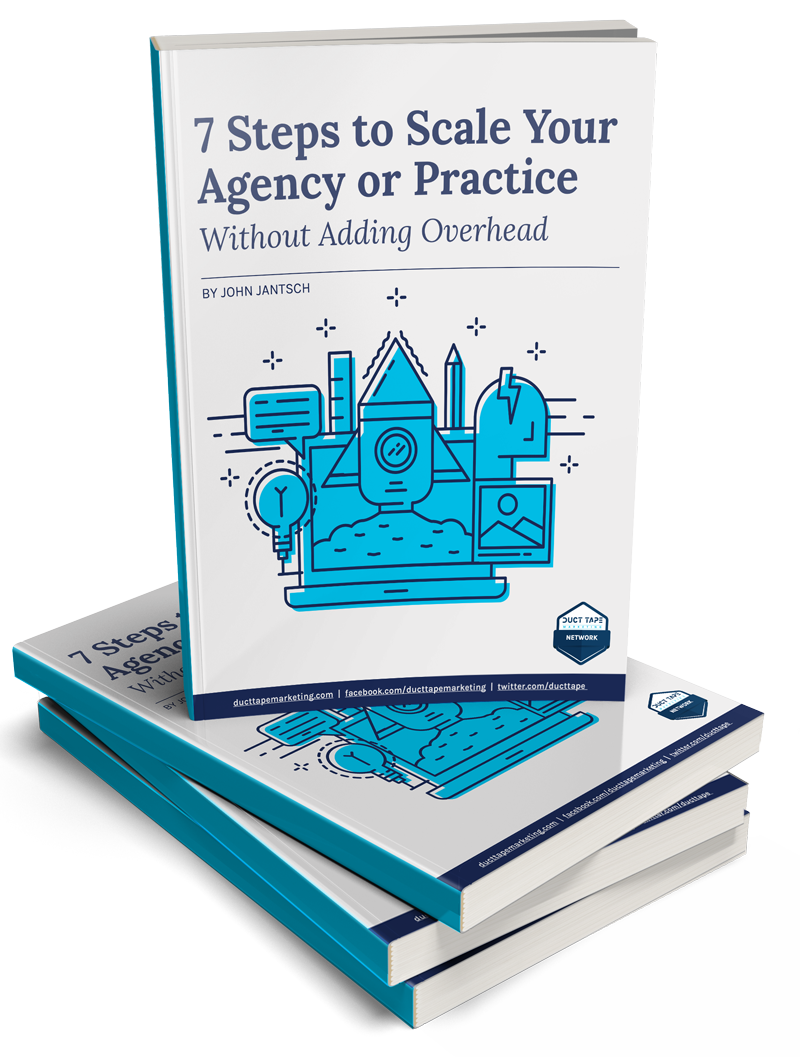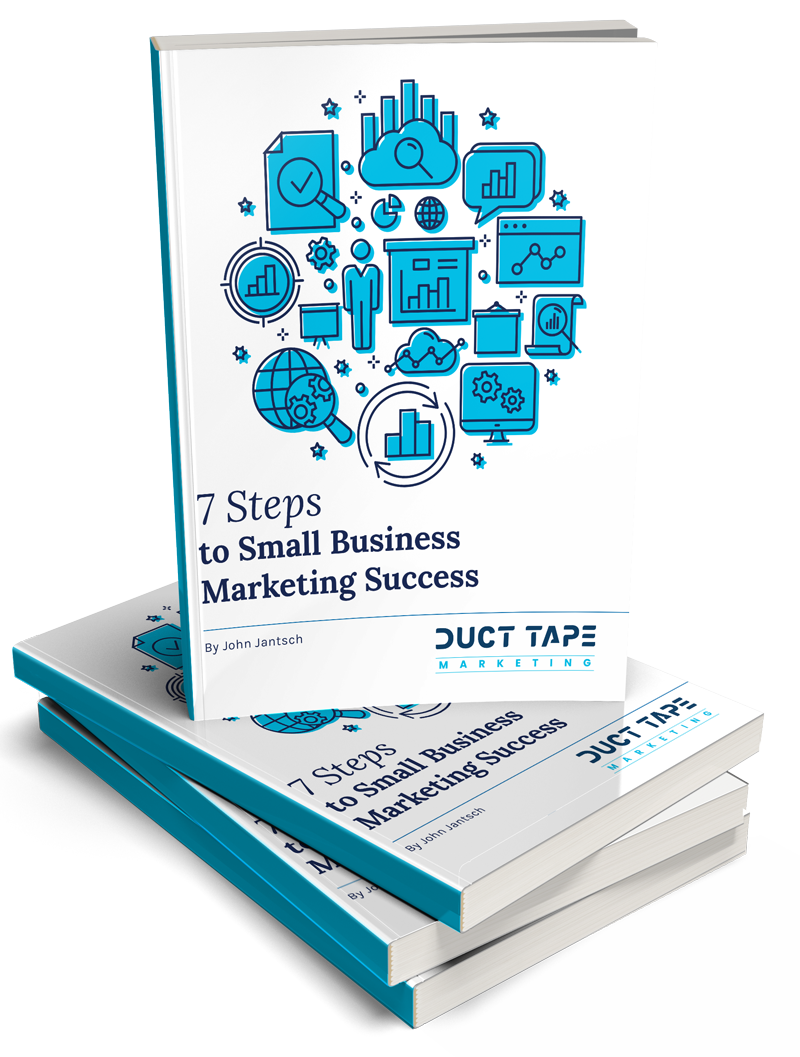Today’s Guest Post is by Nash Riggins, Enjoy!
The web is filled to the brim with static content. That’s bad news if you’re an up-and-coming business owner because there’s a never-ending sea of competition out there – and so if you want your brand to stand out, you’re going to have to move beyond that generic company blog and start making some real headlines.
In order to do that, you’ll first have to come up with a story. It may be that you’re releasing a quirky product, sponsoring a charity event or have discovered some intriguing market insights. Either way, it’s got to be interesting, and it’s got to be genuine. That’s the easy part. The tricky bit is convincing journalists that it’s worth publishing.
So, here are three quick tips on how to craft a fool-proof press release that’s guaranteed to raise eyebrows:
1. Put a label on it
It might seem trivial, but the most important part of your press release is the headline. Most journalists are incredibly busy, and their inboxes are overflowing with generic press releases. Unless you’ve got a snappy subject line, chances are that your press release will go straight in the bin without getting read. So, what constitutes snappy?
First and foremost, don’t try to be clever, and don’t bother with puns. Think about it: what is the key message you’re trying to get across? Shrink that message down to no more than 15 words, and make sure there are a couple colourful verbs or jagged adjectives in there. Be objective, and make a bold statement that’s a little controversial. By hooking a journalist in with an audacious opening line, you’ve passed your first hurdle. Now, it’s time to turn your attention to the story itself.
2. Start with a bang
News reporters are under a tremendous amount of stress to churn out stories. Consequently, any news item that’s delivered to them press-ready is a blessing. Translation: if you can craft a press release that already reads like a quality news story, it’s far more likely to get published. So, how do you write a news story?
Let’s start with the basics. The opening line of your press release has got to tell the reader everything they need to know about this story. You need to tell them who the story is about, where it’s happening, what is happening, when it’s happening, why it’s happening and how. Do your best to get all six of these details into the top couple of lines – and preferably the opening sentence if you can.
Be as concise as humanly possible so that you’re able to give readers a meaty chunk of what they’re about to eat without giving away all of the ingredients. From there, the paragraphs that follow should work like an inverted pyramid – expanding on the bullet points you’ve touched upon in your first line with bigger (but non-essential) facts. This is the time to present products specs or a few quirky tidbits from your survey. As you progress, try to keep your language snappy and mildly objective – because nobody wants to eat a dry piece of toast.
3. Create a figurehead
After you’ve provided a couple hundred words of in-depth coverage, you must include at least two separate quotes from someone within the company. Most newspapers won’t even consider publishing a story without quotes. Bearing that in mind, there are two rules you absolutely must not break when adding these quotes.
First rule:
Do not use a quote that simply repeats what it says elsewhere in the release. Journalists aren’t going to settle for redundant soundbites that just take up space. This is your chance to add some analysis and spice to the story. Don’t blow it.
Second rule:
You must put a name to the quote. Journalists despise having to quote faceless representatives. When businesses choose to hide behind the word “spokesperson”, it demonstrates a clear lack of resolve. Tell the world exactly who in your company thinks what, and busy reporters will be eternally grateful.
To be honest, a lot of this boils down to a matter of luck. Newsrooms are chaotic and distracting places – and so even the most intriguing press release on earth might slip through the cracks if it’s sent to the wrong reporter at the wrong time of day. But if you follow the aforementioned writing tips, you should emerge with a fairly ironclad press release that will almost definitely get published somewhere.
Just remember: keep it concise, keep it snappy and don’t take no for an answer.
 Nash Riggins is an American business journalist based in Scotland. You can connect with him on Twitter @nashriggins, or follow his blog at www.nashriggins.com.
Nash Riggins is an American business journalist based in Scotland. You can connect with him on Twitter @nashriggins, or follow his blog at www.nashriggins.com.



